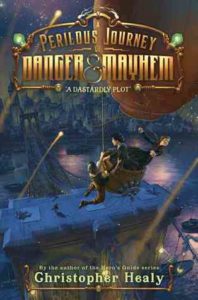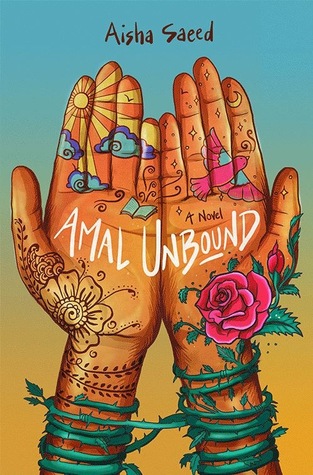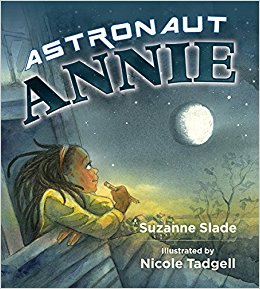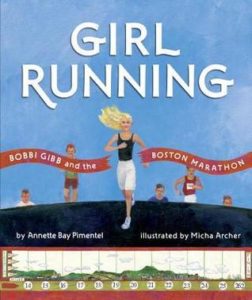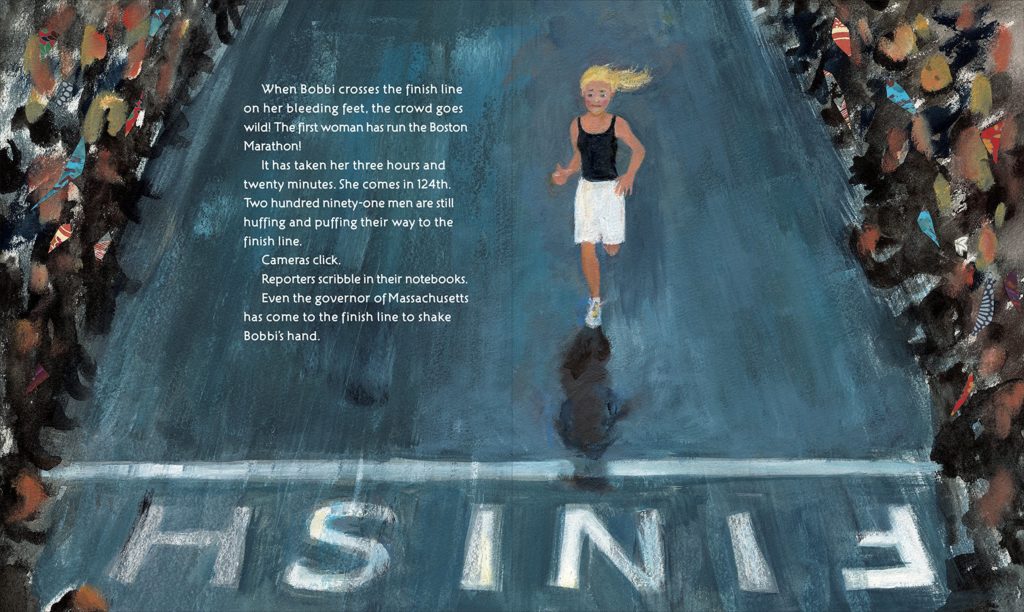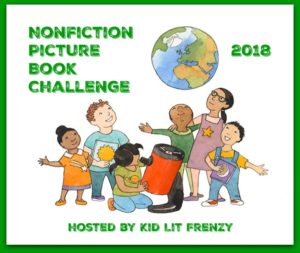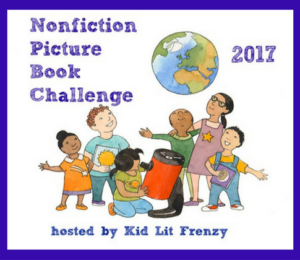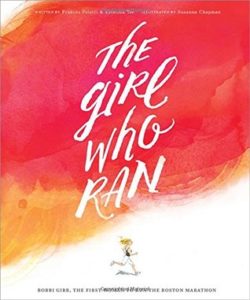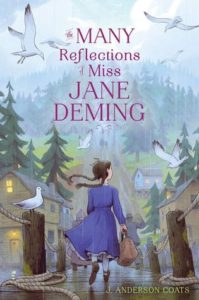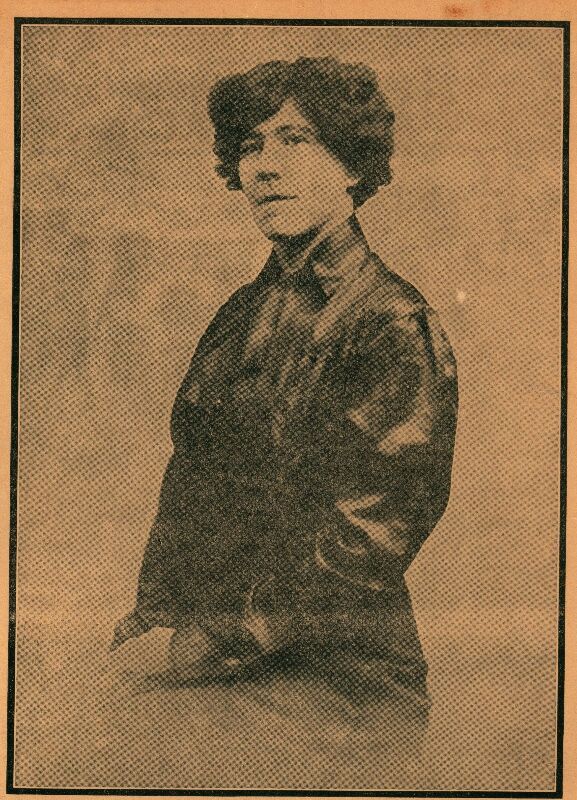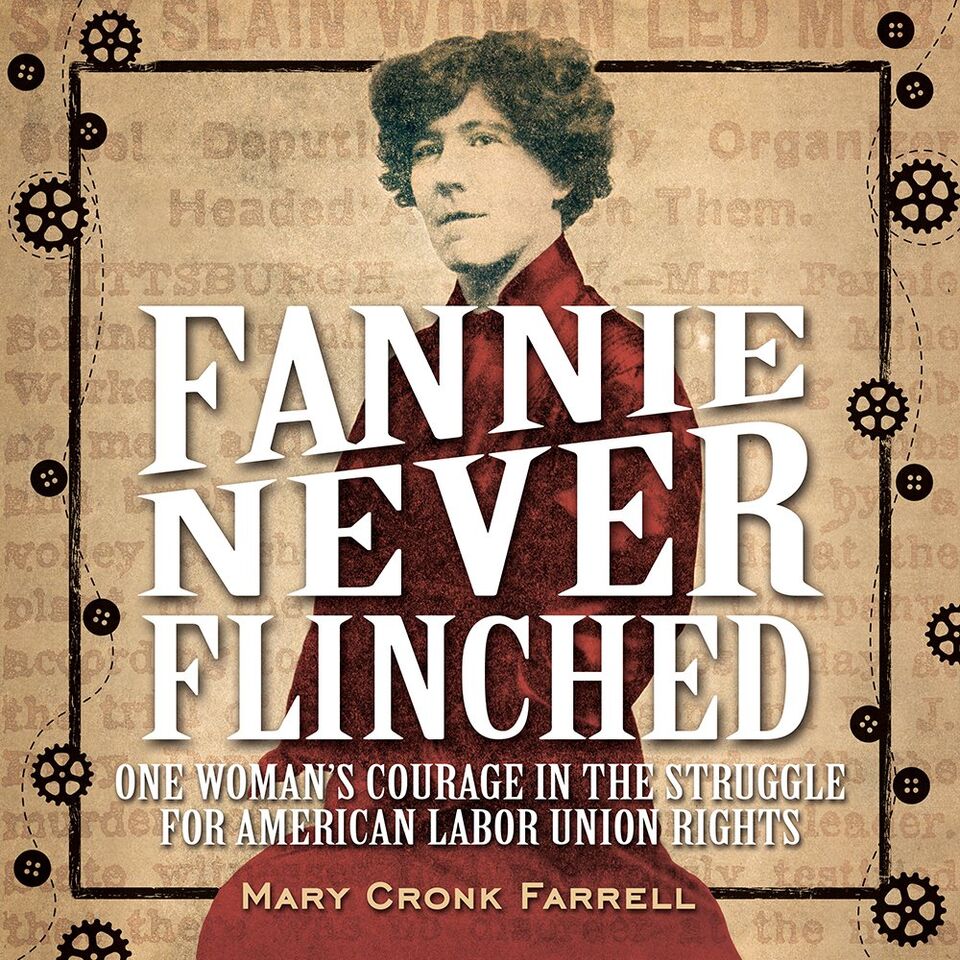A Perilous Journey of Danger & Mayhem: A Dastardly Plot
Author: Christopher Healy
Published September 25th, 2018
Summary: It is 1883—the Age of Invention! A time when great men like Thomas Edison, Alexander Graham Bell, Nicola Tesla, and George Eastman work to turn the country into a mechanical-electrical-
Unless, of course, you’re a woman.
Molly Pepper, daughter of brilliant but unknown inventor Cassandra Pepper, lives with her mother in New York. By day, they make ends meet running a small pickle shop; but by night, they toil and dream of Cassandra shattering the glass ceiling of the Inventors Guild and taking her place among the most famous inventors in America. In an attempt to find a way to exhibit Cassandra’s work at the 1883 World’s Fair, they break into the Inventors Guild—and discover a mysterious and dastardly plot to destroy New York. The evidence points to the involvement of one of the world’s most famous inventors, and now it’s up to Molly, Cassandra, and a shop hand named Emmett Lee to uncover the truth—even if no one will ever know it was they who did it.
Christopher Healy, author of the acclaimed Hero’s Guide series, returns with the first book in a rip-roaring adventure about the inventors history remembers—and more than a few that it’s forgotten.
About the Author: Christopher Healy is the author of The Hero’s Guide to Saving Your Kingdom, a New York Times Book Review Editor’s Choice, as well as its two sequels, The Hero’s Guide to Storming the Castle and The Hero’s Guide to Being an Outlaw. Before becoming a writer, he worked as an actor, an ad copywriter, a toy store display designer, a fact-checker, a dishwasher, a journalist, a costume shop clothing stitcher, a children’s entertainment reviewer, and a haunted house zombie. He lives in New Jersey with his wife, two children, and a dog named Duncan. You can visit him online at www.christopherhealy.com
Praise:
“A zany, rollicking series opener.”– Kirkus Reviews
“Plot twists and banter hit at breakneck speeds in this heartfelt yet tongue-in-cheek look at the tumultuous Age of Invention, and its focus on two often marginalized groups—immigrants and women—allows for relevant social commentary.”– Publishers Weekly
“Healy has created a steampunk-inspired alternative history featuring some of the greatest minds in invention (including a number of women) in this series opener. A solid choice for adventurous readers.”– Booklist
“Christopher Healy, author of the Hero’s Guide series knows how to tell a good story. He’s done it again with the adventures of a determined girl named Molly Pepper.”– Brightly
Review: This is the exact book the world needed! Our traditionally told history is lacking in all things diversity because it was told by bias individuals who left out people who made huge differences despite their gender or race. I love that Christopher Healy was able to take this fact, show the ridiculousness of lack of great female minds being included in history and create this book filled with humor, adventure, heart, and a bit of history. He also includes prejudice against immigrants in the story in a way that will make any reader realize how undeserving these humans just looking for a life are of this prejudice.
Now starting my review that way may make you think that the book is preachy or boring, but it is anything but. Right from the beginning, you want to see if Cassandra and her brilliant inventions will ever be acknowledged and if they are going to be able to stop New York from being destroyed. Now throw in deceit from men the Peppers and Emmett trust, inventions of all sorts, a gang of men trying to kill whomever get in their way, and a group of brilliant women who won’t let anything stop them, and you will get this crazy adventure of Molly’s and Emmett’s.
Teachers’ Tools for Navigation: Although the book is fiction, much of what is included is shrouded in fact. The author includes “What’s Real and Not…” in the back matter which allows for inquiry into the historical elements of the story. This also allows teachers to see what parts of the story include more fact than fiction and different aspects could be pulled out when learning about the different historical elements.
An educator’s guide is also for the book from the publisher!
Discussion Questions:
- What part of the books were historical and what parts were fiction?
- Would you consider the book historical fiction or science fiction or steam punk?
- What invention would you want to make?
- Research Edison. Do you think he deserves as much recognition as he gets?
- Research the World’s Fair. Why do we not have them anymore?
- Which deceitful events in the story surprised you? Were your predictions correct?
- How did meeting Emmett and the MOI change Molly’s life trajectory?
- Other than for entertainment, why do you think the author chose to write this story?
Flagged Passages: Check out this clip from the audiobook! You can also read a sample here!
Read This If You Love: The Invention of Hugo Cabret by Brian Selznick, The Mechanical Mind of John Coggin by Elinor Teele, Explorers: Door in the Alley by Adrienne Kress
Recommended For:
GIVEAWAY!
Don’t miss out on the other blog tour stops!
| 24-Sep | Novel Novice Post by Christopher Healy | https://novelnovice.com/ |
| 25-Sep | A Foodie Bibliophile in Wanderlust | http://www.foodiebibliophile.com/ |
| 26-Sep | Unleashing Readers | https://www.unleashingreaders.com |
| 27-Sep | Teach Mentor Texts | http://www.teachmentortexts.com |
| 28-Sep | Novel Novice Review | https://novelnovice.com/ |
| 29-Sep | Maria’s Melange | http://www.mariaselke.com/ |
| 1-Oct | The Flashlight Reader | http://www.theflashlightreader.com/ |
| 2-Oct | Nerdy Book Club | https://nerdybookclub.wordpress.com/ |
| 3-Oct | Book Monsters | https://thebookmonsters.com/ |
| 3-Oct | Novel Novice Q and A with Chris | https://novelnovice.com/ |
| 4-Oct | Bluestocking Thinking | http://bluestockingthinking.blogspot.com/ |
**Thank you to Walden Pond Press for providing copies for review and giveaway!**

